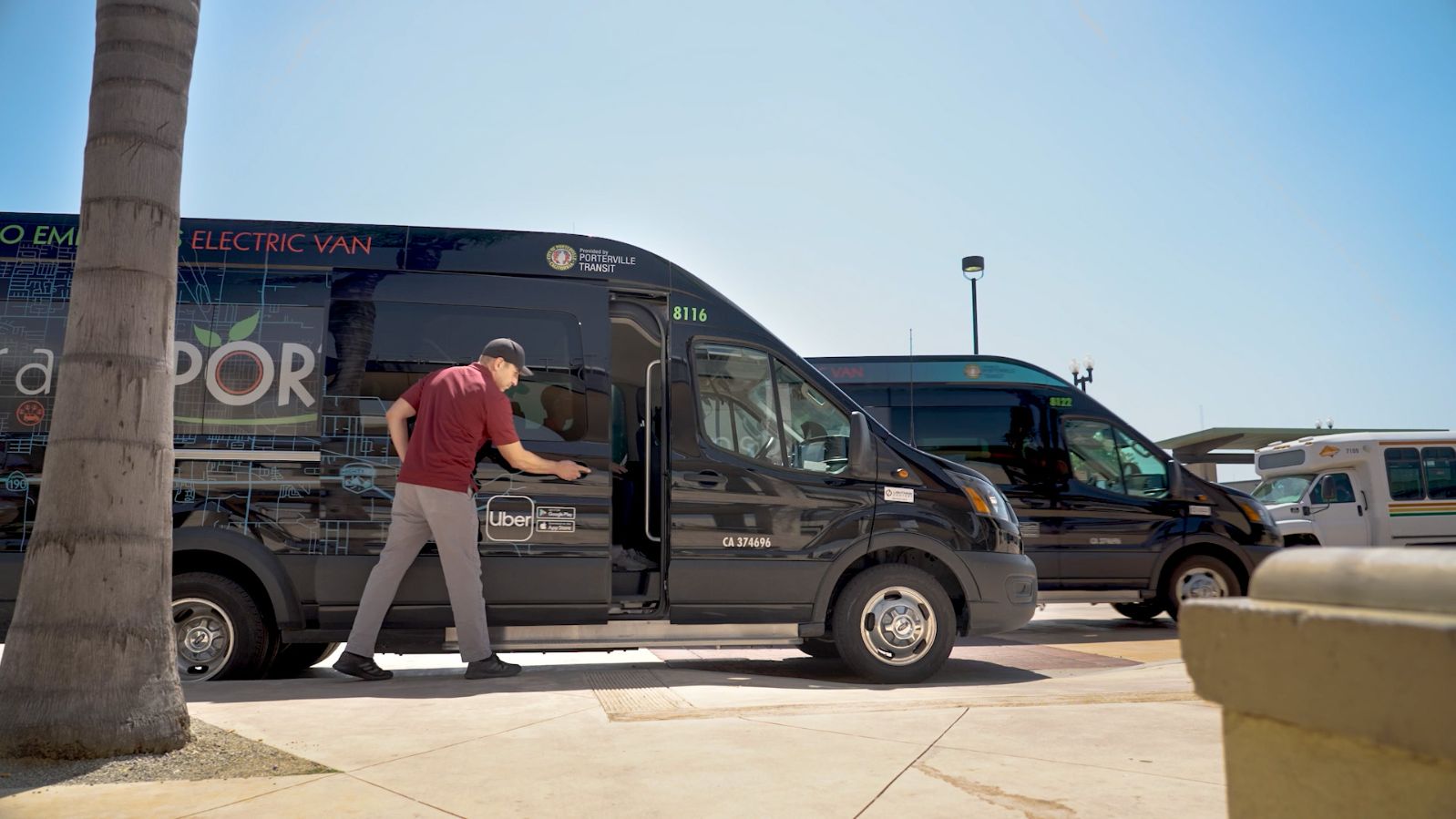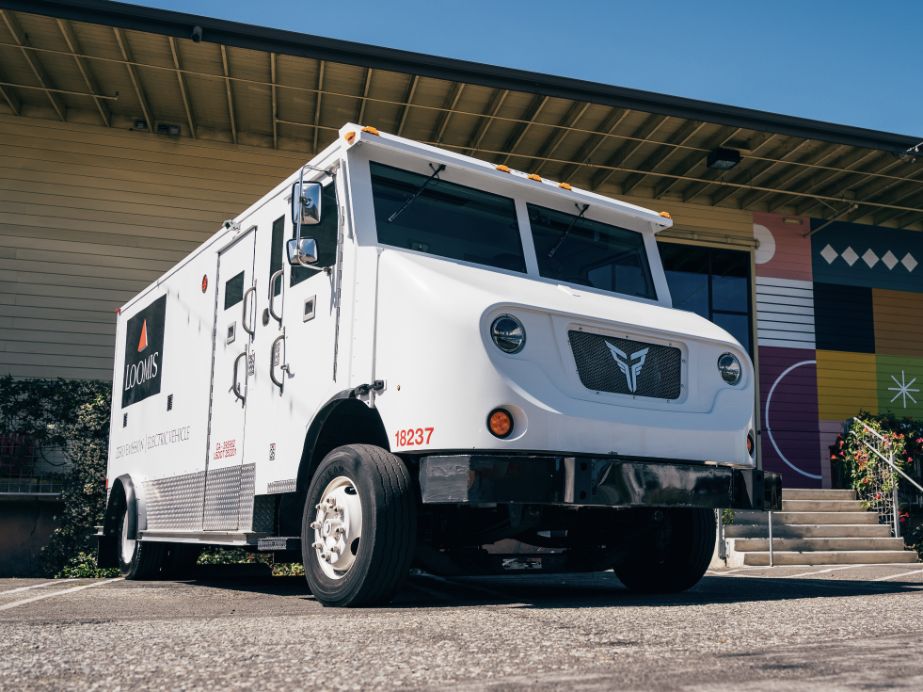The Tesla Model S has once again set a benchmark in the electric vehicle (EV) industry by achieving the longest driving range in winter conditions. According to Motor.no, a Norwegian media outlet, the electric sedan covered 530 km (329 miles) on a single charge during winter.
Typically, EVs experience a decrease in driving range during cold weather, similar to traditional internal combustion engine (ICE) vehicles. This is because of the way lithium-ion batteries operate. However, the Tesla Model S defied the odds and was the only EV among all test vehicles to surpass 450 km (279 miles) under the harsh winter conditions.
The previous record for the longest winter driving range was set by the Tesla Model 3 Long Range at 521 km (321 miles) last year. It’s worth mentioning that the unit tested was only charged to 98% due to a technical issue, suggesting that the vehicle could have gone even further with a full 100% charge.
See also: Winter Cost Comparison: EVs Still Cheaper Than ICE Vehicles, Study Shows
The test was conducted in temperatures ranging from -10 to -5 degrees Celsius, with some areas of the route dropping to -19 degrees Celsius at the highest elevations. The test route included stops in Oslo, Gjovik, Hjerkinn, Rondane, Venbygdsfjellet, and Ringebu.
Among all the test vehicles, the Tesla Model S performed the best, losing only 16.4% of its driving range. The Toyota bZ4X saw the greatest decrease, losing over 35% of its range, followed by the Mercedes EQE 300. The Tesla Model S has once again proven its exceptional winter performance.







